ACCT6004 Case Study: Cost Analysis and Management Accounting Report
VerifiedAdded on 2023/05/30
|5
|946
|160
Case Study
AI Summary
This case study solution addresses a management accounting problem, likely from an ACCT6004 course, focusing on cost analysis and decision-making. The solution analyzes mixed, fixed, and variable costs, calculating operating profit and contribution margins. It explores how changes in sales volume impact profitability and the importance of understanding cost behavior for strategic decisions, such as special orders and outsourcing. The solution includes calculations and a contribution format income statement, demonstrating the impact of an advertising campaign on profit. The assignment emphasizes the relationship between cost structures, sales volume, and overall profitability, providing insights into how management accountants can use cost information for planning, control, and making informed decisions. References to relevant academic sources are also included.
1 out of 5
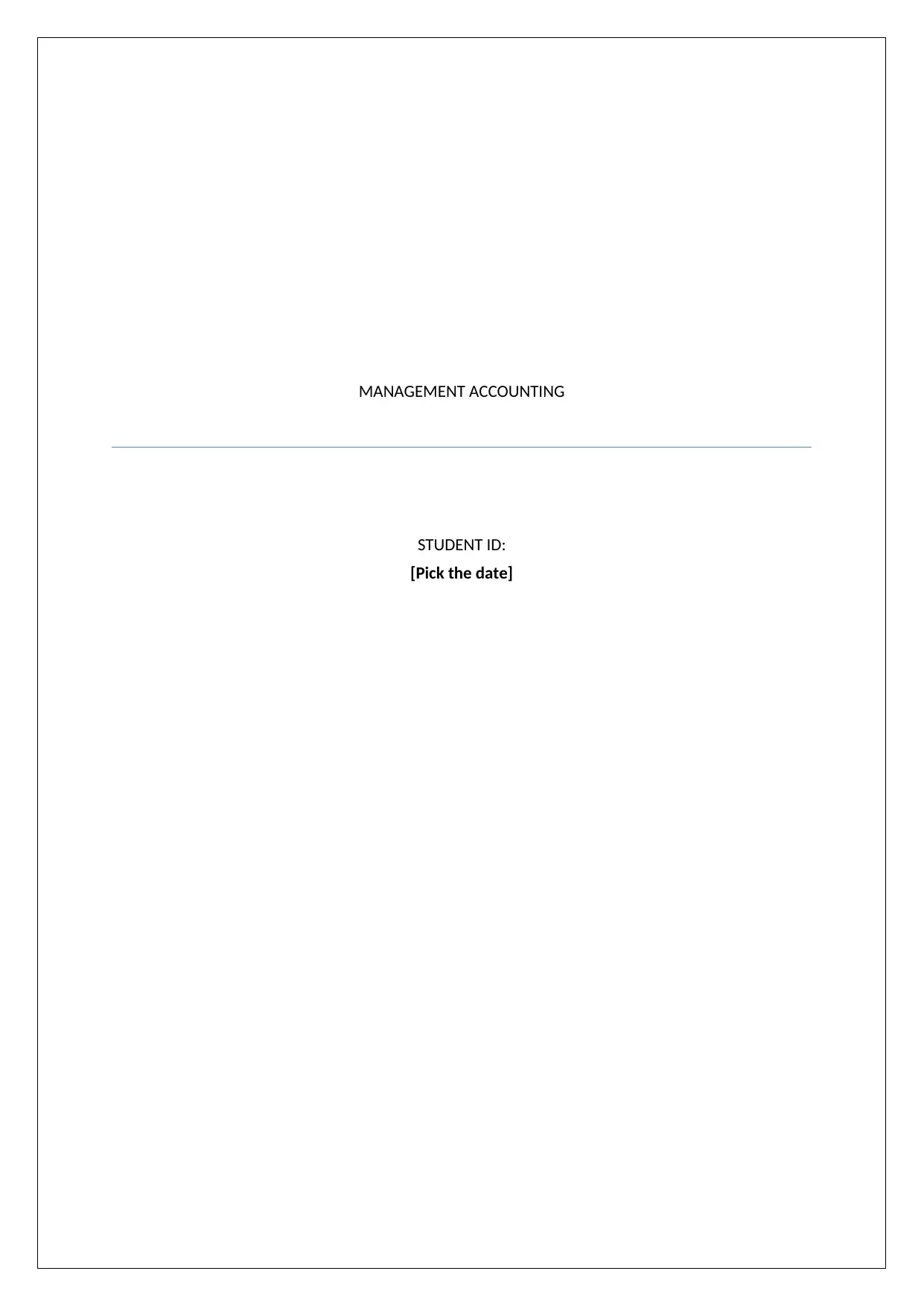
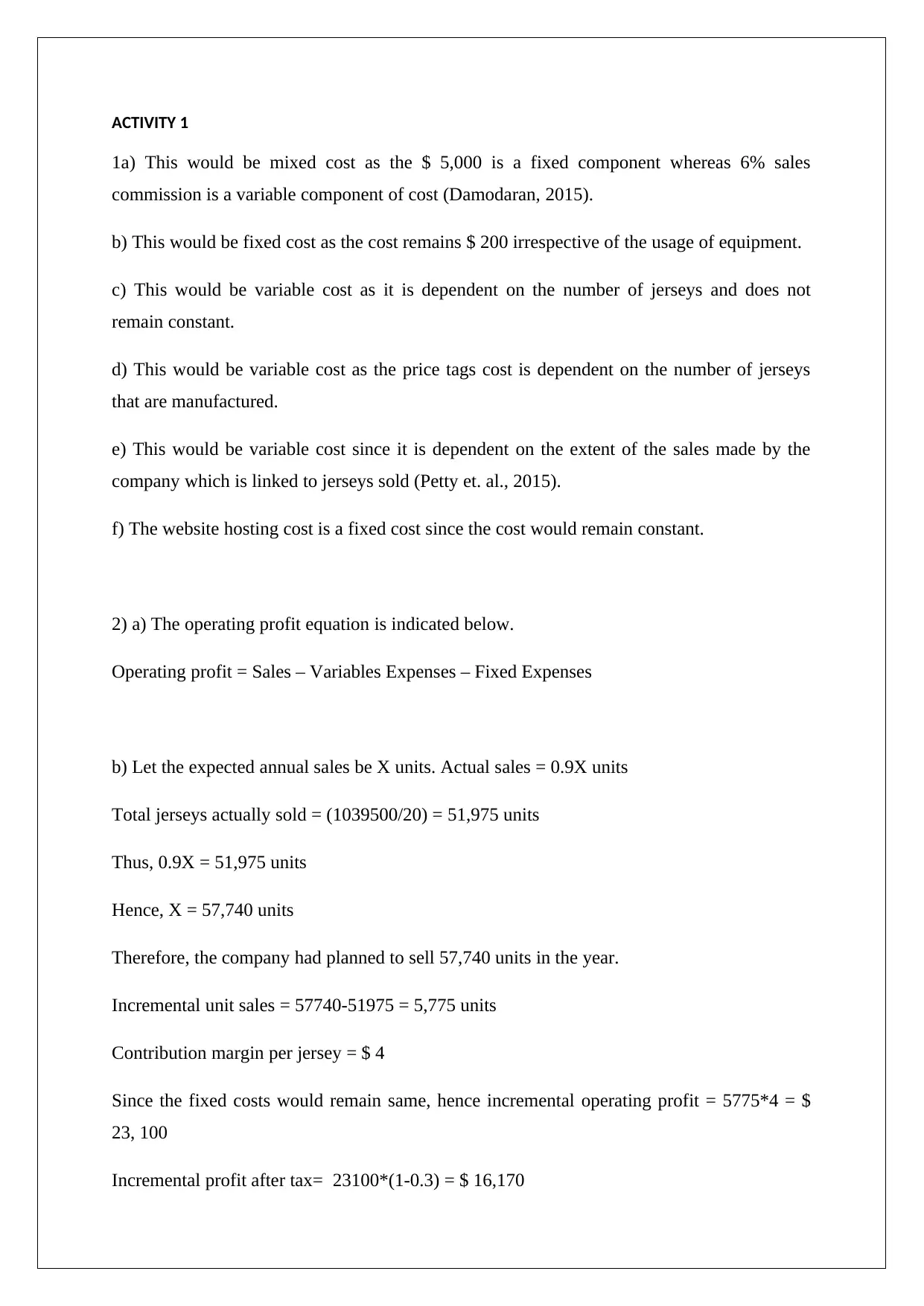
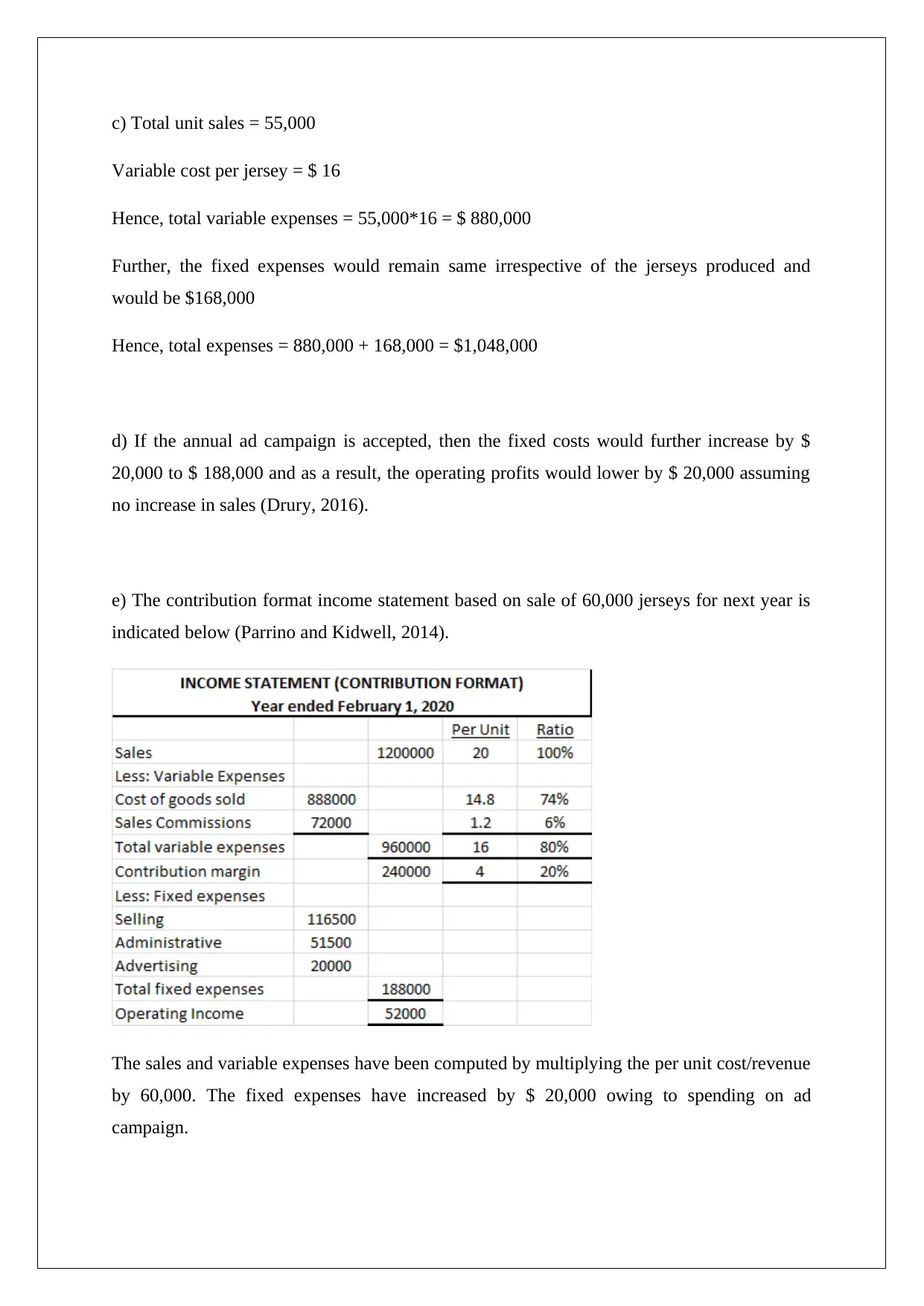

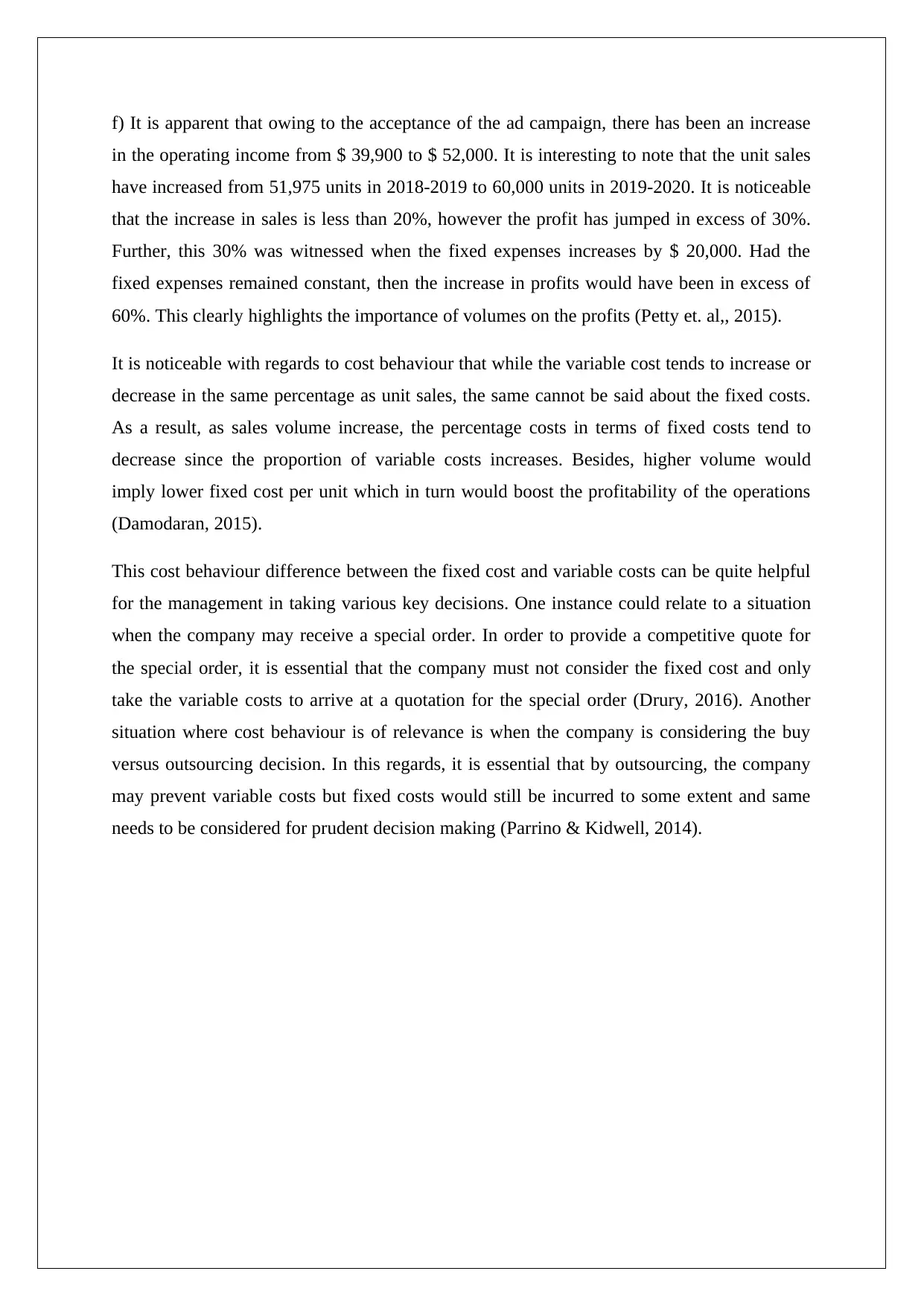
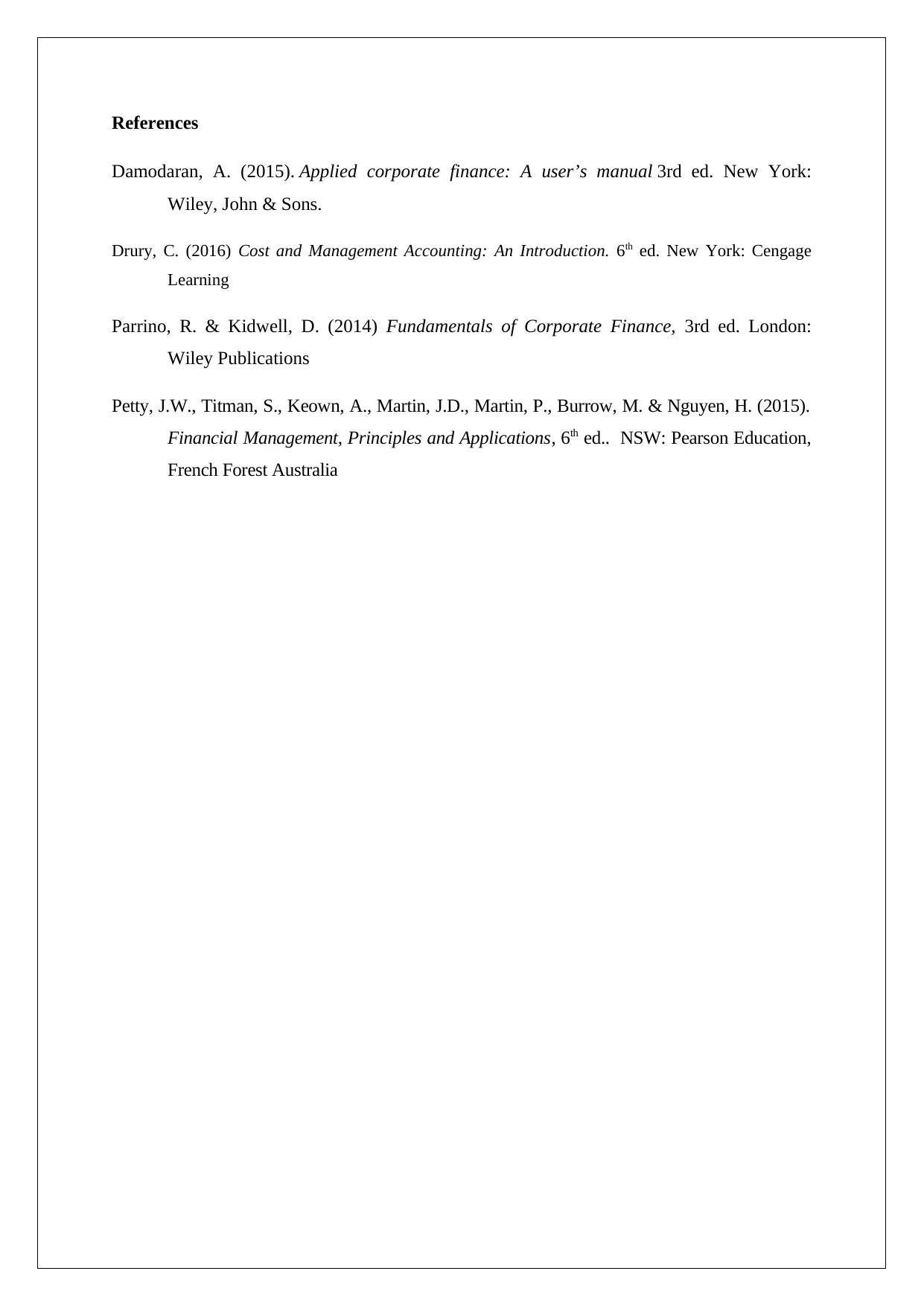






![[object Object]](/_next/static/media/star-bottom.7253800d.svg)